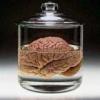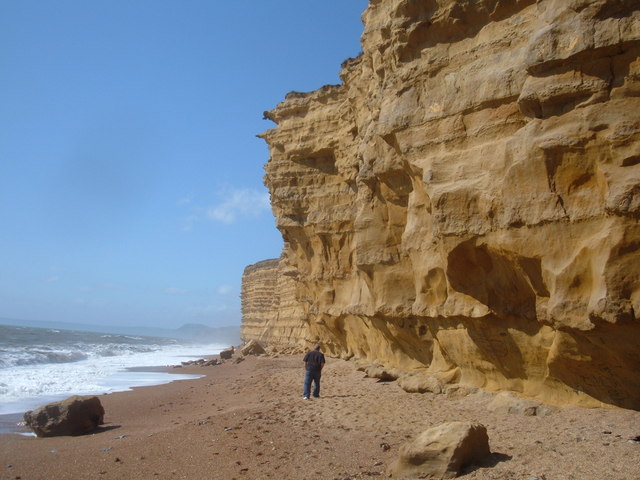[quote name='A Brain in a Vat' timestamp='1312899849' post='4846692']
You seem to want to call voxels a "surface", which is highly inaccurate, but let's accept it for the sake of argument. You still need to get the surface normal (and binormal). How else will you apply the lighting equation? Could you compute the surface normal? Sure, with voxels that's typically done by computing the gradient at a given point. But that is not practical. They may derive the surface normals, but then they store them.
That depends entirely on how you are drawing your voxels. There are plenty of solutions, but they are all implementation specific. You don't need a very complex normal with voxels because they shouldn't be large enough to need them that accurate. If you're using them for static geometry you can easily store 6 bits and calculate the normal cheaply at runtime. Even with a non-static SVO you can get around it fairly quickly depending on how your tree is set up in memory. In fact, the more detailed and small your voxels get the less complicated your normals have to get. Ideally your voxels should only be the size of a pixel on the screen where the difference between a normal pointing at 0,0,1 would be practically the same as 0,1,1 especially after anti-aliasing/blurring which every voxel engine I've seen does already.
You also talk like these aren't also problems with textures and polys. We store tons of color data in games already, we store tons of geometry data. All of that is redundant when you use voxels. Because of the lack of geometry detail we need to store a lot more color data than we'd need to with highly detailed voxels.
[/quote]
That is a rediculous statement, that textures would need to store more color data than voxels? Voxels needs to store way more color data, textures can be overlapped, tiled and procedurally composited at runtime to create visually stunning textures with relatively little storage needs, and also stretched over huge distances of terrain. No such thing for voxels, every single voxel of every single square meter of terrain needs a unique color.
LOL. Okay, I tell you what. You go make a game in which all surfaces are monochromatic, and we'll see how good it looks...... I am so tired of arguing with you, you just spew nonsense.
It's totally true dude. The biggest reason we have such fine detail in our textures in games is to simulate geometry that does not exist. If the geometry exists, we don't need complicated textures. You don't need a brick wall texture, you just need a brick color a grout color and to model the bricks. All of the voxels in a brick can all use the same brick color. All of the voxels in the grout can all use the same grout color. There's no reason to store the grout and brick color in every single voxel.
[/quote]
I would have to agree with the other dude.
I really don't see how you could possibly use monochromatic colors or somehow benefit from not baking lighting with voxels. You cannot represent textures as monochromatic colors and expect lighting to fill in the blanks, that is absurd in my opinion, a texture consists of different COLORS, your suggestion would at best be different SHADES of a single color. Meaning, it will always look like a single color with different shades. Also, you assume that we don't want to bake lighting into the voxels, which is probably a necessity right now, and will be for a very long time, forget baking ambient occlusion too (which if not for memory issues could be really nice).
I'm pretty sure that the only reason UD even looks half-decent right now is because he's baking shadows and lighting into the voxels.
Go out into the wild, hell, even the city, bring the brightest light source could ever find and photograph a bunch of things, I'm pretty sure you could not find a single thing that would end up looking like a single flat color and not be plastic or painted... and even those will probably have a slight variation to them. Even more so, you'll find that all materials reflect differently and give off different colors depending on their surrondings (also, subsurface scattering)... you try and compress that efficiently into a voxel for render with dynamic lights.
It's rediculous to suggest that we could recreate objects in nature with a single color and then let light do the work... especially when the lights most certainly would never be able consider radiance transfer, etc, in realtime.










